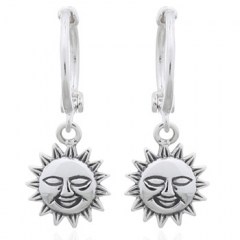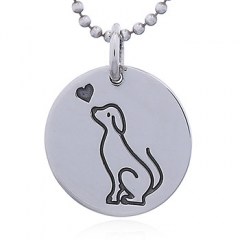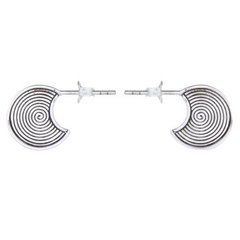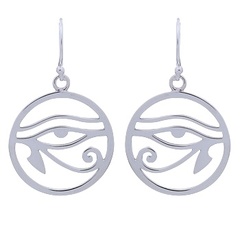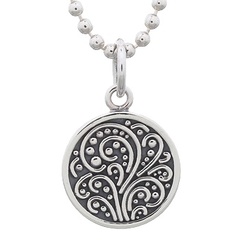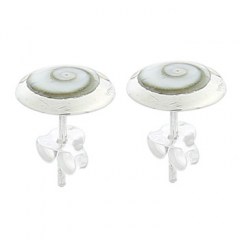The Rasta bracelet is more than just a piece of jewelry; it represents a rich cultural heritage and serves as a symbol of unity, peace, and spirituality. Inspired by the Rastafarian movement, which originated in Jamaica in the 1930s, these vibrant bracelets feature the iconic colors of red, green, and gold. In this article, we will delve into the history, meaning, and significance of Rasta bracelets, explore the materials and designs used, and understand why they have become a popular accessory worldwide.
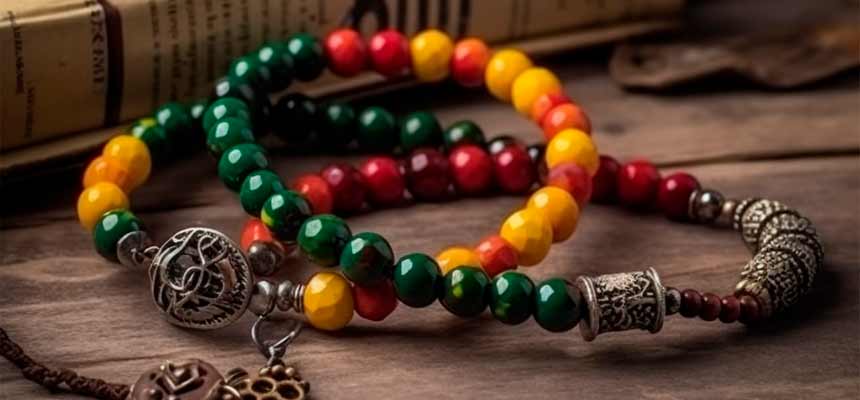
The Origins of Rasta Culture
The Rastafarian movement emerged in Jamaica during the 1930s, inspired by the teachings of Marcus Garvey and the crowning of Ethiopian Emperor Haile Selassie I. Rastafarians believe that Haile Selassie is the incarnation of God (Jah) and that Ethiopia is the promised land. The movement gained popularity among Jamaicans who sought liberation, social justice, and a connection to their African roots. The colors of red, green, and gold, which symbolize the Ethiopian flag, became iconic within the Rasta culture.
Materials and Design
Rasta bracelets are crafted using a variety of natural materials, reflecting the movement's emphasis on simplicity and connection to nature. Common materials include wooden beads, hemp cord, seeds (such as the red seed of the acai berry), and coconut shell. These materials are chosen for their durability and eco-friendly qualities. The bracelets are often handmade and incorporate traditional weaving techniques, such as macramé and braiding, to create intricate patterns and designs.
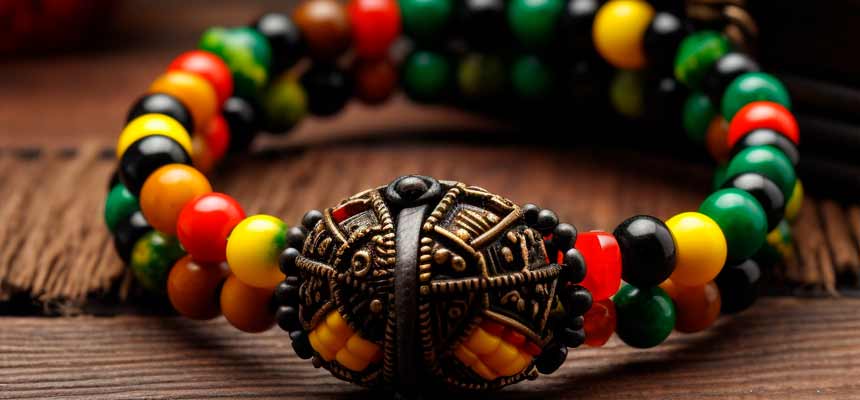
Cultural Significance
Rasta bracelets hold deep cultural significance within the Rastafarian community. They symbolize unity and solidarity, as wearing the bracelet signifies one's affiliation with the movement and its principles of equality and social justice. The bracelets also have spiritual and religious connotations, representing the Rastafarian belief in the divinity of Haile Selassie and the use of cannabis as a sacrament for spiritual enlightenment.
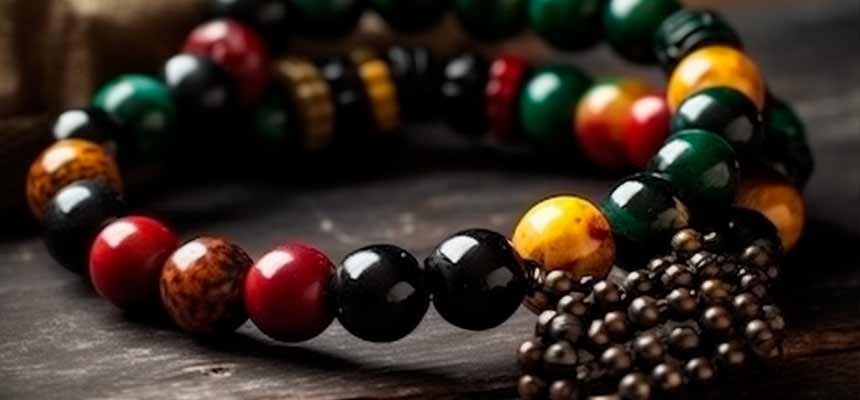
Fashion and Personal Expression
Rasta bracelets have transcended their cultural origins and have become a popular fashion accessory worldwide. They are embraced by individuals who appreciate their vibrant colors, unique designs, and the cultural statement they make. Wearing a Rasta bracelet allows individuals to express their support for social causes, cultural diversity, and personal freedom. It is a way to align oneself with the values of the Rastafarian movement and make a fashion statement that reflects one's beliefs and identity.
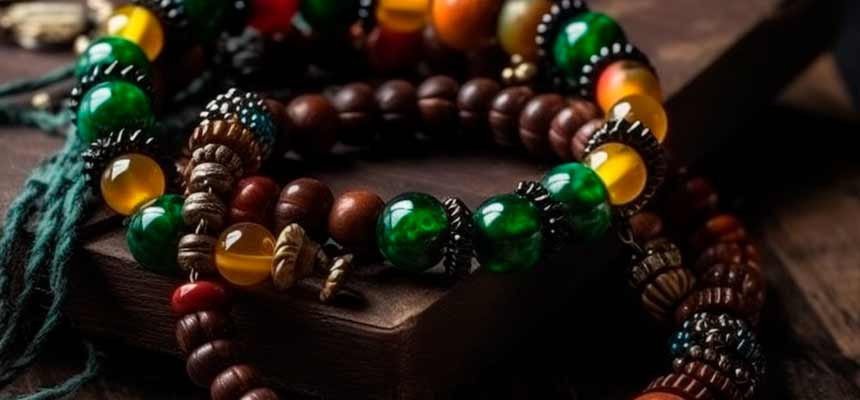
Global Impact and Popularity
Beyond Jamaica, Rasta bracelets have gained popularity globally, especially within reggae music and cultural festivals. They are often worn by music enthusiasts, artists, and individuals who resonate with the message of unity and peace that the bracelets represent. The widespread appreciation for Rasta culture and its symbols has led to the growth of ethical and sustainable practices in creating Rasta bracelets. Artisans and brands prioritize using eco-friendly materials, supporting local communities, and promoting fair trade principles.
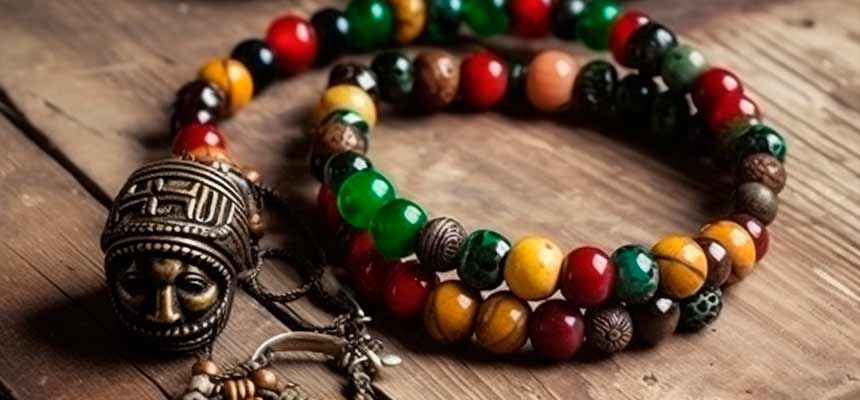
Conclusion
Rasta bracelets are much more than just accessories; they carry the rich cultural heritage and principles of the Rastafarian movement. Their significance extends beyond fashion, serving as symbols of unity, spirituality, and social justice. By wearing a Rasta bracelet, individuals show their support for equality, cultural pride, and a desire for a more harmonious world. These bracelets not only make a style statement but also serve as a reminder of the enduring legacy of the Rastafarian movement and the principles it upholds.


